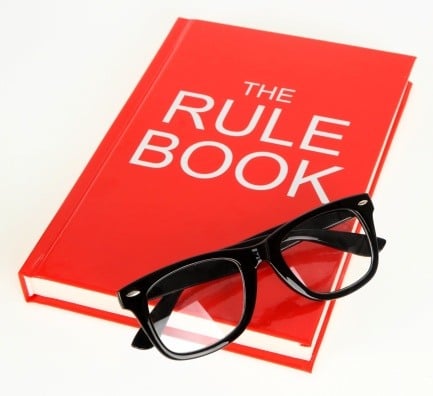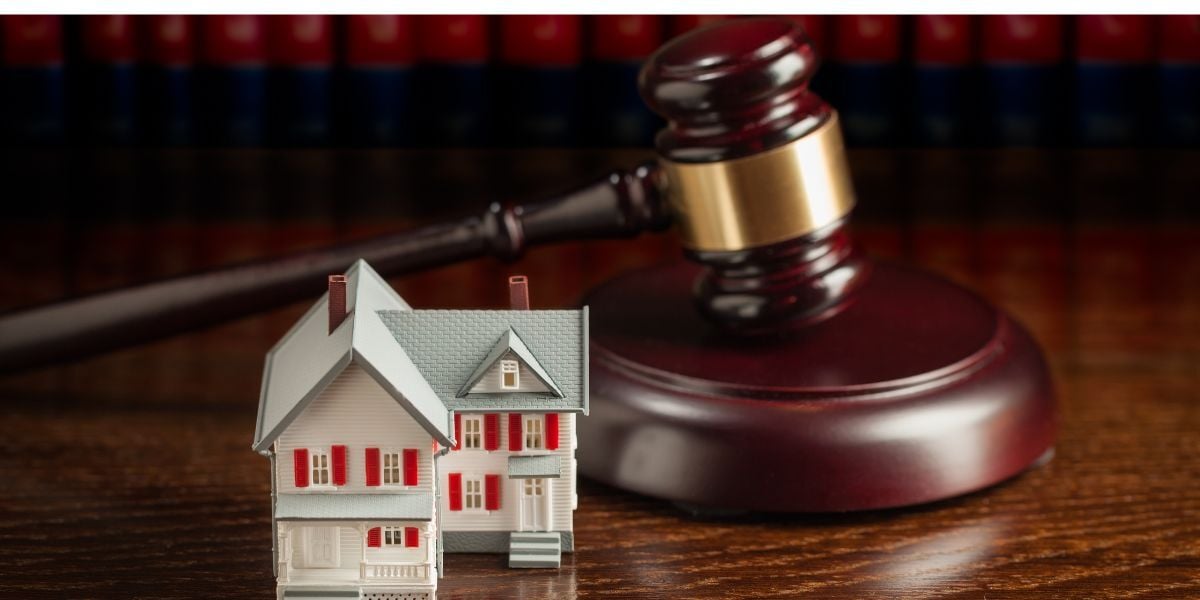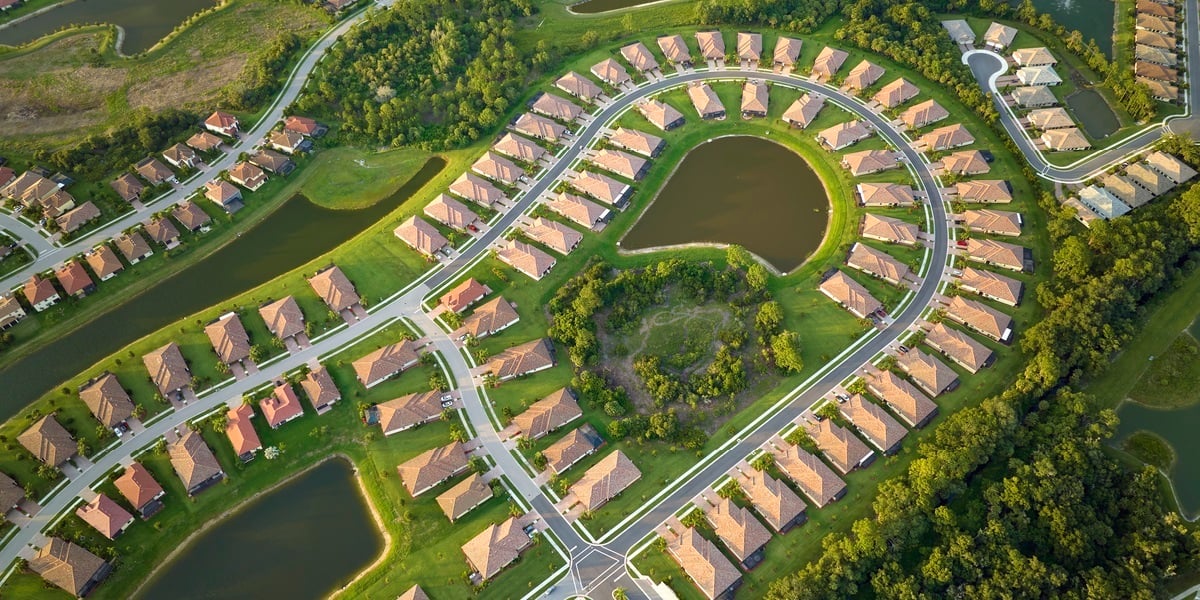 When thinking of rules within a California Homeowners Association, what comes to mind are the few but chronic rule breakers that somehow find their way into some associations, and how nice it might be to have a spell to bring about compliance in the HOA community.
When thinking of rules within a California Homeowners Association, what comes to mind are the few but chronic rule breakers that somehow find their way into some associations, and how nice it might be to have a spell to bring about compliance in the HOA community.
Rules Come in Several Forms
Architectural Guidelines, Election Rules, and other adopted Rules and Regulations. These are documents that the HOA Board of Directors can adopt apart from a vote of the membership as long as the CC&Rs grant the Board the authority to make and enforce rules. Rules are not recorded at either the county or state level, but are approved and kept within the homeowners association.
1. Architectural Guidelines
These guidelines deal with issues from building a new home to making any outside changes in appearance to an existing home or landscaping. Although these guidelines are often incorporated into the CC&Rs with certain enforcement procedures for the Board, some associations also have specific architectural rules that go beyond the CC&Rs.
2. Election Rules
These tie in with your other documents, but give more detail in how the homeowners association will run elections. Because of somewhat recent laws, all associations should have election rules. Consult your lawyer or an HOA manager in creating these rules if you do not yet have them.
3. General Rules
These can address a variety of issues from picking up after your dog, use of the pool, parking, etc...and should be accompanied with a schedule of fines for rule violations.
Important things to know and understand about making rules for your community:
-
Any creation of rules or changing of existing rules qualifies as a rule change. These proposed changes must first be sent to the members for a minimum time of 30 days, so that members have a chance to review and respond, giving any input they may have to the HOA board about the proposed changes. When sending these proposed rule changes to the members for review, the Board must also include an explanation of the purpose and expected effect that the rule change will have.
-
After the 30 day period for review and response from the membership, the Board should review and consider any responses that they received from the membership before they vote to make the rule change official. Members often have good input that the Board may not have considered. As indicated, it's only the Board that makes the final vote at an open board meeting to make the rule change official.
-
After the Board votes to approve the rule change, the Board must send a notice of the approved rule change to the members within 15 days so that members know that the new rule is now official and have a copy of the rule change for their records.
-
In making rule changes, the Board should have the goal of making reasonable rules. They should be rules in the best interest of the homeowners association, which the Board intends to enforce consistently with all members.
Finally, it’s important to find balance in your rules and enforcement somewhere between a ‘military – hyper-rule’ community and a 'no enforcement’ community. You have to let people live. There should be and emphasis on reasonable rules. The goal of rules should not be to make money for the homeowners association, but to encourage compliance with the rules for the greater benefit of the community as a whole.










